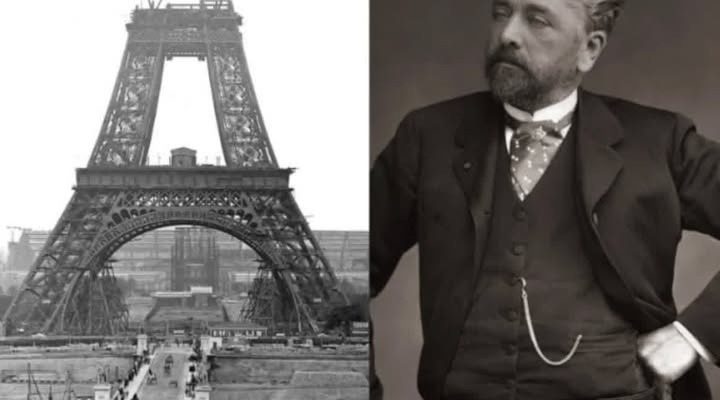Inside The Astonishing Story Of Gustave Eiffel, The French Engineer Who Built The Eiffel Tower And Helped Design The Statue Of Liberty
Gustave Eiffel, a name synonymous with one of the world’s most iconic landmarks, the Eiffel Tower, wasn’t just a master of iron and steel. The French engineer’s legacy stretches far beyond the towering monument in Paris. Throughout his 91 years, Eiffel was behind some of the most groundbreaking projects of the 19th century, from the Statue of Liberty’s framework to a range of bridges and architectural marvels. Yet, despite his triumphs, Eiffel’s career was not without its setbacks. Join me as we dive into the life and legacy of this remarkable figure.
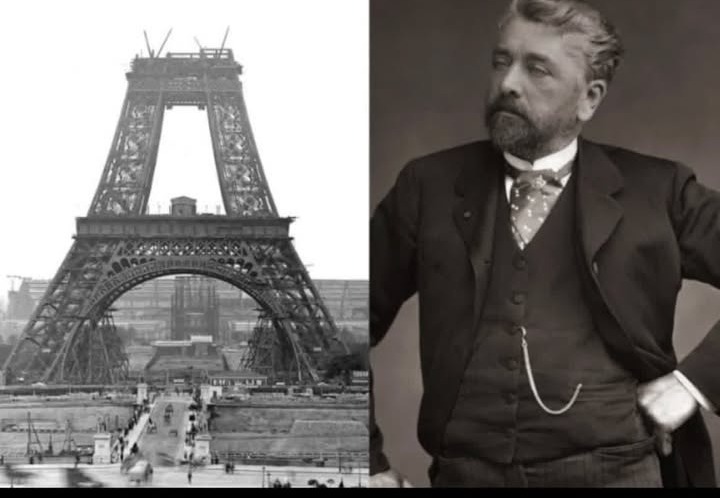
Gustave Eiffel’s Early Life: From Humble Beginnings to Engineer Extraordinaire
Born in Dijon, France, on December 15, 1832, Gustave Eiffel had a childhood that would not hint at the future he would carve in the world of engineering. A student not known for his discipline, Eiffel found his passion and direction through encouragement from his history and literature teachers, as well as his uncle, Jean-Baptiste Mollerat. His perseverance led him to earn his baccalauréat in humanities and science, setting the stage for a transformative future.
In 1855, Eiffel enrolled in the prestigious École Centrale des Arts et Manufactures in Paris, specializing in chemistry. While he initially hoped to work in his uncle’s workshop, his path took a different turn, leading him to the world of civil engineering. Eiffel worked as a secretary for Charles Nepveu, a railway engineer, whose financial struggles didn’t deter Eiffel’s ambition. With Nepveu’s support, Eiffel landed an opportunity to design a bridge for the Saint Germaine railway—a project that would serve as the springboard for his career in structural engineering.
Video : Eiffel Tower, Story Of An Incredible Bet
The Breakthrough: Eiffel’s Rise to Prominence in Bridge Construction
By his mid-20s, Eiffel had already established himself as a talented engineer, overseeing the Bordeaux Bridge and working for Compagnie Générale des Chemins de Fer. But it wasn’t until 1866, when he launched his own company, that his career truly soared. Partnering with Théophile Seyrig, Eiffel et Cie was born, marking the beginning of his rise to fame. Their work on projects like the Maria Pia Bridge in Portugal and the Budapest Nyugati railway station in Hungary showcased Eiffel’s growing mastery in metal construction.
The Budapest Nyugati station, in particular, demonstrated Eiffel’s unparalleled ability to integrate metal structures into traditional buildings. This innovative approach solidified his reputation as a visionary engineer and opened the door to even larger, more ambitious projects.
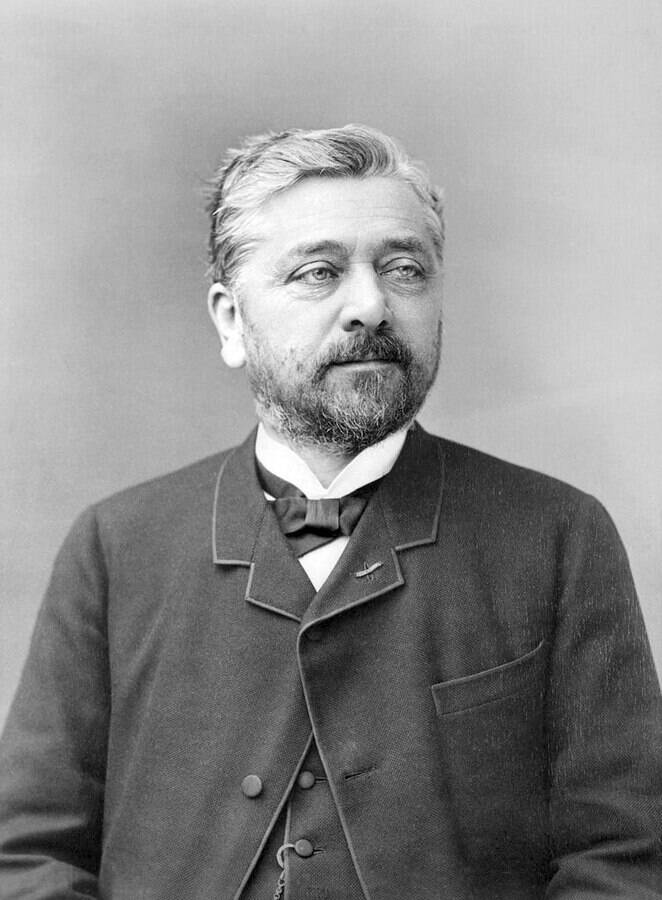
The Statue of Liberty: Eiffel’s Key Role in Building a Symbol of Freedom
In 1881, Gustave Eiffel was contacted by the famed sculptor Frédéric-Auguste Bartholdi to assist in the design of the Statue of Liberty, a gift from France to the United States. Bartholdi’s statue, representing freedom, needed a sturdy, supportive framework to withstand high winds. While Bartholdi initially worked with architect Eugène Viollet-le-Duc, Eiffel’s expertise was sought after upon Viollet-le-Duc’s death in 1879.
Eiffel’s experience in wind resistance made him the perfect choice for this monumental task. He designed a four-legged pylon structure that would support the copper statue, ensuring its durability and stability. Eiffel’s engineering brilliance was key to the success of the statue, which was assembled in Paris before being shipped to New York in 1884. Today, the Statue of Liberty stands as a testament to his engineering prowess and has become an iconic symbol of liberty worldwide.
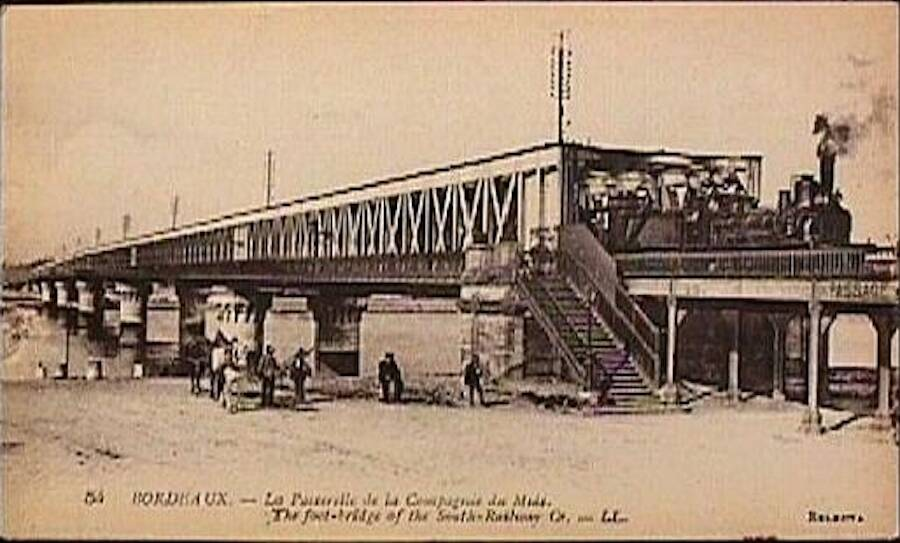
The Eiffel Tower: Eiffel’s Masterpiece That Reached for the Sky
Perhaps no project defined Gustave Eiffel more than the construction of the Eiffel Tower. Commissioned for the 1889 World’s Fair to celebrate the 100th anniversary of the French Revolution, the tower was to be a monumental symbol of France’s industrial and artistic achievements. Initially, Eiffel was hesitant about the project, but when architect Stephen Sauvestre added decorative arches and a bell tower, his interest piqued.
Standing over 1,000 feet tall, the Eiffel Tower was an engineering marvel of its time. Made of 18,000 wrought iron pieces and held together by 2.5 million rivets, it was a massive undertaking. Despite public criticism, the tower was completed on March 31, 1889, in time for the World’s Fair. Initially hated by many Parisians, the Eiffel Tower slowly became a beloved landmark, standing as a symbol of France’s innovation and artistry. Today, it remains one of the most visited monuments in the world.
Video : Exploring Inside the Statue of Liberty
Setbacks and Scandals: Eiffel’s Role in the Panama Canal Disaster
While Eiffel’s career was filled with groundbreaking achievements, not all of his projects were successful. One of the most infamous failures in his life was his involvement in the French effort to construct the Panama Canal. Eiffel was tasked with designing the locks for the canal, but due to poor management and corruption, the project ended in disaster. In the 1880s, the Panama Canal project was abandoned, leading to a massive financial scandal.
Eiffel himself was implicated, facing charges of fraud and being fined 2,000 francs. Although the charges were later annulled and Eiffel’s reputation was eventually restored, the scandal caused significant damage to his career. Nonetheless, Eiffel’s resilience prevailed as he withdrew from business and focused on his scientific work in his later years.
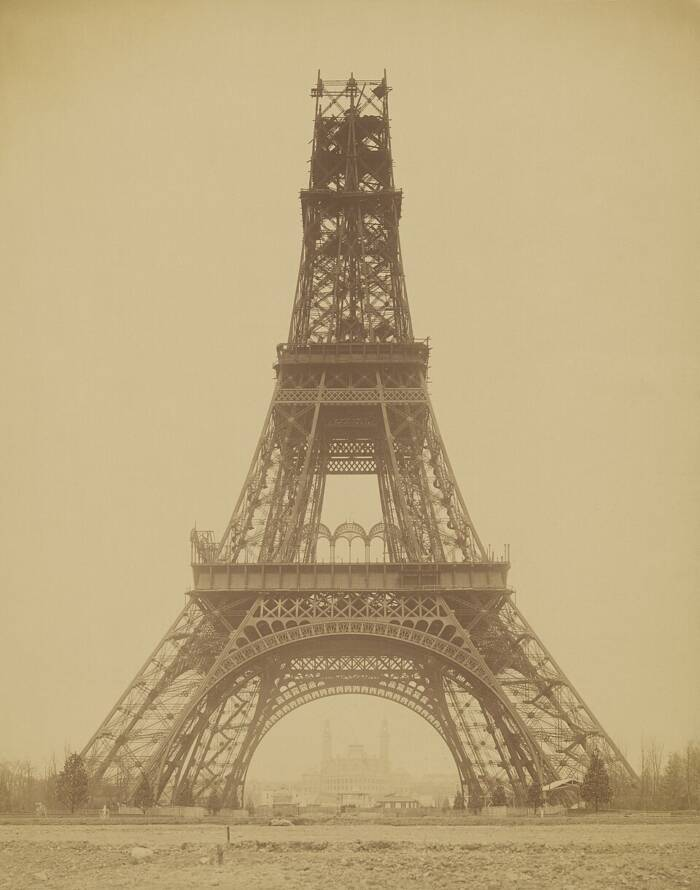
Legacy: Gustave Eiffel’s Enduring Influence on Engineering and Aviation
Despite the Panama Canal scandal, Eiffel’s contributions to engineering didn’t end with his monumental projects. In his later years, he turned his attention to scientific pursuits, including wind resistance and aerodynamics. His work in these fields influenced the development of early aviation, inspiring pioneers like the Wright brothers.
Eiffel’s enduring legacy lies not only in the Eiffel Tower and the Statue of Liberty but also in his impact on engineering, architecture, and the scientific community. Gustave Eiffel passed away at the age of 91 on December 27, 1923, in Paris. His innovative designs and contributions to modern engineering continue to shape the world today.
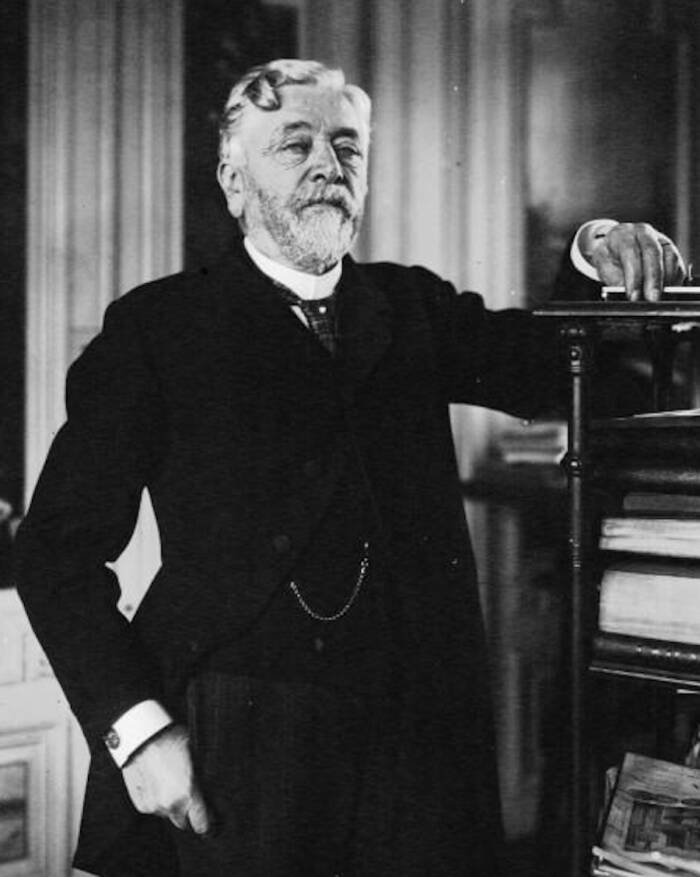
Conclusion: Gustave Eiffel’s Timeless Legacy
Gustave Eiffel’s life story is one of resilience, innovation, and lasting impact. From his humble beginnings in Dijon to his global recognition as a master engineer, Eiffel’s legacy endures through some of the most iconic landmarks in history. While he faced setbacks, including the Panama Canal disaster, his contributions to architecture and engineering are undeniable. Today, his influence can be seen in structures around the world, and his pioneering work continues to inspire new generations of engineers and architects.
The Eiffel Tower, the Statue of Liberty, and numerous other works stand as testaments to Eiffel’s vision, perseverance, and genius. As we admire these structures, we are reminded of the indelible mark that one man left on the world of engineering. His story is a powerful reminder that greatness often comes with challenges, but it is through those challenges that we find the strength to leave a lasting legacy.
